By George Tipton Wilson
In cramped quarters aboard the submarine USS Seadragon, beneath the Pacific Ocean, with enemy warships circling above, 22-year-old pharmacist’s mate Wheeler Bryson (Johnny) Lipes was ordered to perform an emergency appendectomy on seaman Darrell Dean Rector.
It was the first such operation performed on a submarine, and it was all the more miraculous because Lipes was a high school dropout, he had never attempted such an emergency procedure, and the Seadragon lacked proper surgical equipment. But with the cooperation of other crew members, Lipes began the daunting assignment of saving the life of his fellow crewman.
A Bursting Appendix and No Surgeon Around
On the morning of September 11, 1942, his 19th birthday, Darrell Rector awakened with stomach pain and asked for a laxative. When Lipes examined him, he determined that his patient’s appendix was about to burst, but he was reluctant to work on him.
“He had the classic symptoms of appendicitis,” Lipes remembered. “His temperature was rising. His abdominal muscles were getting that washboard rigidity. He began to flex his right leg up on his abdomen to gain some relief.”
When Rector’s condition worsened, Lipes went to the commanding officer to explain the seriousness of the situation. “The CO and I had a long talk,” Lipes said. “He asked me what I planned to do, and I told him ‘Nothing.’ He lectured me that we were there to do the best we could. ‘I fire torpedoes every day and some of them miss,’ he reminded me. I told him that I could not fire this torpedo and miss. When he asked me if I could perform the surgery, I said yes. He then ordered me to do it.
“Abdominal surgery by pharmacist mates was frowned on, but because of my training, I had confidence in my ability,” remembered Lipes. “Darrell had told the skipper, ‘Whatever Lipes wants to do is OK with me.’”
Assembling a Surgery Staff
Commander William B. Ferrall suggested that Lipes talk with the patient before the operation began. “Look, Darrell, I never did anything like this before,” Lipes told him. “You don’t have much chance of pulling through without our removing your appendix.”
“I know just how it is, Doc,” Rector answered.
It was the first time in his life anybody had called Lipes “Doc.” But there was in him now, added to the steadiness that goes with a submariner’s profession, a new calmness.
Commander Ferrall wrote the order on Rector’s medical record, and Lipes began preparation for the surgery. While Japanese destroyers crisscrossed the Pacific overhead, the submarine lay quietly in deep water.
Lipes chose Lieutenant Norvell Ward as his chief assistant, and Lieutenant Charles S. Manning was chief nurse. Other officers, all his senior in age and rank, were recruited for various assignments. Even the skipper played a role in the operation. He was made “recorder.” It was his job to keep count of the sponges that went into Rector. A double count of the tablespoons used as retractors was kept, one by Skipper Ferrall and one by the cook, who was passing them out from the galley.
Ward, of Indian Head, Maryland, became Lipes’s assistant surgeon. His primary job was to place tablespoons in Rector’s side as Lipes cut through successive layers of muscle. “I chose him for his coolness and dependability,” Lipes said afterward of his superior officer. “He acted as my third and fourth hands.”
Manning, from Cheraw, South Carolina, took the assignment that is known in a normal operating room as “circulating nurse.” He drew the task of seeing that packets of sterile dressings kept coming and that torpedo alcohol and boiling water arrived regularly from the galley.
“You Look Like Mickey Mouse”
At the outset of the surgery, rubber gloves dipped in torpedo alcohol were drawn upon the youthful medic’s hands. The fingers were too long. The rubber ends dribbled limply over.
“You look like Mickey Mouse,” one of the onlookers commented. Lipes grinned behind his gauze mask.
The “surgeon,” wearing a blue blouse with white-taped collar and a white duck cap, had to fashion a handle for the scalpel he used. Bent spoons served as muscular retractors. The cook came up with a tea strainer for an ether mask. The instruments were sterilized in torpedo alcohol mixed with water and boiled. Surgical garb included pajama coats worn backwards and various pieces of cloth for masks and turbans.
The size of the officer’s wardroom (commandeered for the surgical suite) was approximately that of a Pullman railroad car drawing room. It was flanked by bench seats attached to the wall, with a table occupying most of the room. The table was too short for Rector’s six-foot length, so the team pulled out the drawer to hold his feet. The ceiling was so low it was necessary to enter the room with the knees crooked. Lipes stood that way during the two and one-half hour operation.
The Complications of Submarine Surgery
From the beginning, the crew was worried about having no equipment to determine Rector’s blood pressure or blood count to determine the risk of infection. It crossed Lipes’s mind that Rector could even be a hemophiliac. But an idea was hatched to solve the problem.
“We took a drop of blood from Rector’s ear, put it on top of an inverted glass, raised it with a hypodermic needle and timed the clotting with a torpedo stopwatch,” said Lipes.
The next problem was the effect of the barometric pressure on the ether administered to the patient. Rector needed to be in the third stage of anesthesia, totally unconscious. But this was worked out without incident.
Lipes admitted to a lot of stress and anxiety during the preparation. “We had the most meager environmental support in which to work. When I got behind the table, I knew the group was relying on me. This can give you an empty feeling in the pit of your stomach. When I made the first incision, I asked myself, ‘What are you doing?’ After that, when I couldn’t very well turn back, confidence came.”
But the three-inch incision in Rector’s abdomen brought another problem.
“Normally when the incision is made, the appendix will pop up. But this one didn’t. It was like a navigator missing his landfall. It occurred to me, ‘Oh my God! Is this guy reversed?’ There are people like that with organs opposite where they should be. I slipped my finger down under the cecum—the blind gut—and felt it there. Suddenly I understood why it hadn’t popped up where I could see it. I turned the cecum over. The appendix was five inches long in comparison to the average length of a man’s little finger. It was adhered, buried at the distal tip. It looked gangrenous two-thirds of the way. What luck, I thought. My first one couldn’t be easy.
“I detached the appendix, tied it off in two places, and then removed it. I then cauterized the stump with phenol. I then neutralized the phenol with torpedo alcohol. There was no penicillin in those days. When you think of what we have in the armamentarium today, I marvel.”
When a reporter asked about the availability of sulfa, Lipes answered, “We had some tablets that we ground into a powder and then put into an oven to kill any spores. This was all I had. I had given this kid a three-inch incision, yet he healed well and was back on duty in a few days. In fact, the ship’s cook said, ‘Doc, you must have sewed him with rubber bands, the way he eats.’”
Within a week Rector was performing minor duties, and soon he was fully recovered. “We were one of the earliest to use the new technique of having the patient up moving around the second day.” Lipes explained. “We were under enemy attack, and depth charges were being dropped around us.”
While Rector fully recovered from his operation, it was ironic that he died two years later aboard a different submarine, the USS Tang. When the Tang fired one of its own torpedoes, it circled back and struck the submarine.
“One Merchant Ship, One Oil Tanker and One Removed Appendix”
After the operation, Lipes put the removed appendix in a bottle of alcohol. Later he took the bottled appendix to the Australian General Hospital to discount rumors that the operation should never have been performed. The hospital gave him a receipt for the appendix and then, through a pathology study, determined that two-thirds of it was gangrenous and should have been removed.
Lipes seemed so unimpressed with the feat that he had not even mentioned it in letters home to his wife. However, the submarine sent a report of the enemy losses for the day: “One merchant ship, one oil tanker and one removed appendix.”
This intrigued war correspondent George Weller of the Chicago Daily News. He smelled a story in the cryptic report. His account of the operation won him a Pulitzer Prize. The incident became the grist for a popular World War II movie, Destination Tokyo, starring Cary Grant as the skipper and William Prince as “Pills,” the surgeon.
A trail of publicity followed, including a half-dozen other Hollywood productions that included the operation. In one of them, Run Silent, Run Deep, the crew, including Clark Gable, is shown watching Destination Tokyo.
Then came the radio talk shows. Then guest shots on the Cavalcade of America, I’ve Got a Secret, and others. The NBC television series The Silent Service included one episode called “Operation Seadragon,” that portrayed the incident.
Although the daring operation inspired a nation during a period of desperately bad news from the Pacific, it did not set well in certain military quarters. Lipes was ostracized by Navy Medical Corps physicians. They were angered by his actions, even though he had been obeying his captain’s orders. There was even talk of a court-martial by the outraged U.S. Surgeon General.
“After we submitted our report [of the surgery],” Lipes explained, “there was a great deal of consternation in the Bureau of Medicine and Surgery [BUMED]. Everyone did then what they would probably do now. They reacted to a situation they knew nothing about. There was an old warrant officer at BUMED who was on duty the night the message came in. He told me that there were many doctors back there who were very upset about what I had done.”
Attacked on the Sealion
Lipes had been in the Philippines several months when World War II broke out. He was assigned to the U.S. naval hospital, near Cavite, but he asked to be transferred to the fleet as soon as it could be arranged. He had been assigned to the Sealion (the Seadragon’s sister submarine) when the Japanese bombed the Cavite Navy Yard near Manila two days after Pearl Harbor. The Sealion became the first U.S. submarine casualty of the war.
“When the Japanese bombed the Navy yard,” Lipes said, “they destroyed everything in sight. Shrapnel from the Sealion killed crew members on the Seadragon. I got out through the forward torpedo hatch, went into the water and got on land at the pier. This was around noon, and I worked until dark treating the wounded.”
That night he found a motor launch that was adrift and with “as many as we could pick up” went across Manila Bay where the submarine was tied up. Clad only in dungarees and Chinese sandals, Lipes was given a toothbrush, shirt, and folding cot by the crew.
He had just stretched out on the cot when the loudspeaker summoned him to sick bay. The division medical officers had assembled three or four members of the crew to select a replacement for the pharmacist’s mate who had been wounded. Lipes was the only man present who was qualified for submarine service, so he was given immediate assignment as pharmacist’s mate first class on the Seadragon.
Although Lipes was not seriously injured when the Seadragon was hit, he received a Purple Heart for his wounds. He bore scars from the attack for the remainder of his life. Navy recognition for his historic surgery did not come until 60 years after it occurred.
Asked once if he had ever received any official recognition for the surgery, Lipes answered, “The day I retired I got one of those canned retirement letters signed by the Surgeon General. He gave me credit for bravery in action during the sinking of the Sealion. Yet neither it nor any document I ever received mentioned the appendectomy.”
Recognition 63 Years Later
Lipes was finally recognized by the Navy for the operation that had gained the service so much recognition. At a ceremony at Camp Lejeune in North Carolina, he was awarded the Navy Commendation Medal. At age 84, he was reunited with an old friend, Arthur Killiam, also 84, who also served on the Seadragon at the time of the operation.
Killiam said the young pharmacist’s mate never wavered during the emergency surgery. “He told the skipper he could do it. He went right after it, unusually calm and deliberate.”
Lipes received the medal after Jan Herman, historian of the Navy Medical Department, began looking into the case. Past efforts to grant him the award failed because officials believed the statute of limitations had expired.
“I found Commander Lipes had never gotten any kind of recognition,” Herman told the Daily News of Jacksonville, North Carolina. Herman interviewed and videotaped the submarine surgeon several times for the Navy.
“It was spectacular,” Lipes told an Associated Press reporter. “The Navy certainly made up for the 63 years of delay in the medal.”
Commenting on the recognition later, Lipes said, “Personally, I’m not overwhelmed with awards, but I think it was important they present the medal. It brings about some closure of things that fall through the cracks.”
Lipes paused and then added that he always thought his patient was the courageous one. “I have asked myself, ‘Would I have gotten on that table and let someone do the same thing to me?’ Rector was one of the most courageous men I ever met.”
“Don’t You Believe a Word of it”
After the publicity from the daring operation aboard the Seadragon caught the attention of the American public, Lipes returned to the States and reported to the naval hospital in Philadelphia, where he was promoted to warrant officer. “I then represented the Navy in war bond drives and visits to war plants,” he said. “For about eight months, I would go from plant to plant making speeches, trying to increase production and sell bonds. This was in addition to my regular duties at the hospital.”
Lipes retired from the Navy as a lieutenant commander. He had been commissioned an ensign in the Navy’s Medical Service Corps. He later attended the Naval Justice School in Newport, Rhode Island, and participated in defense work in court-martial proceedings.
His final Navy active duty assignment was as finance officer at the Memphis Naval Air Station. When he retired from the Navy, he became director of the West Tennessee Chest Hospital before transferring to city of Memphis hospitals as executive officer. There, he supervised 2,606 employees, administered a $45 million budget, and coped with daily emergencies. He finally ended his medical career as president of Memorial Medical Center in Corpus Christi, Texas.
Wherever he went in his later career, a copy of a painting by John Falter hung behind his desk. It was a reminder of a time when equipment and modern facilities were out of the question, and makeshift surgery was the only answer. The painting shows an “amateur” surgical team crouched over a patient whose life or death hung on what a pharmacist’s mate, with no experience in surgery, could perform.
Wherever Lipes traveled, memories of the emergency operation followed him. “I was on an airplane recently,” he related once. “The man next to me was reading a magazine with one of Ripley’s Believe It or Not features in it. It told about a submarine sailor who removed the appendix of a shipmate. My seatmate turned to me and said, ‘Can you believe this?’ I read it, shook my head and told him, ‘Don’t you believe a word of it.’”
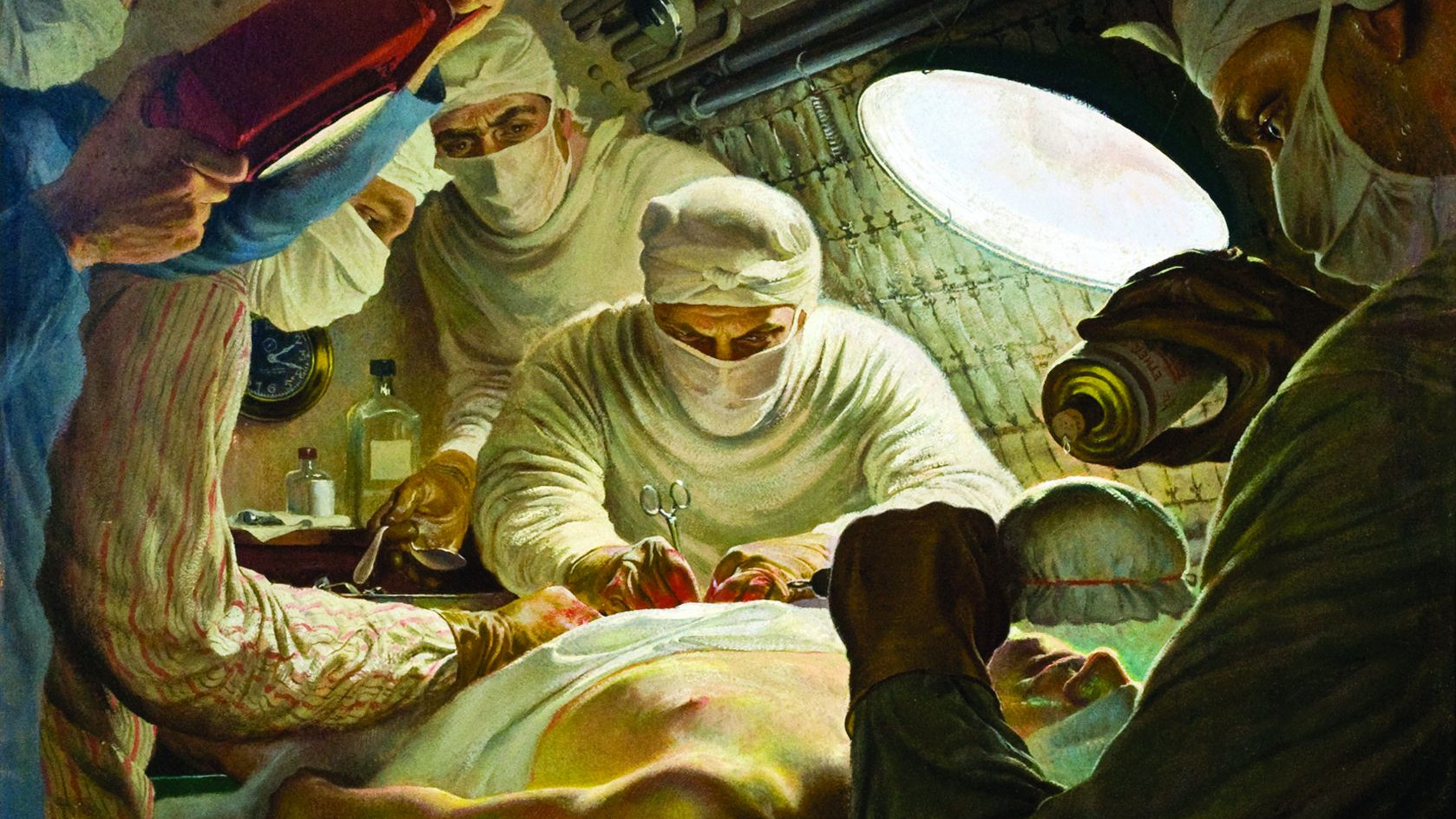

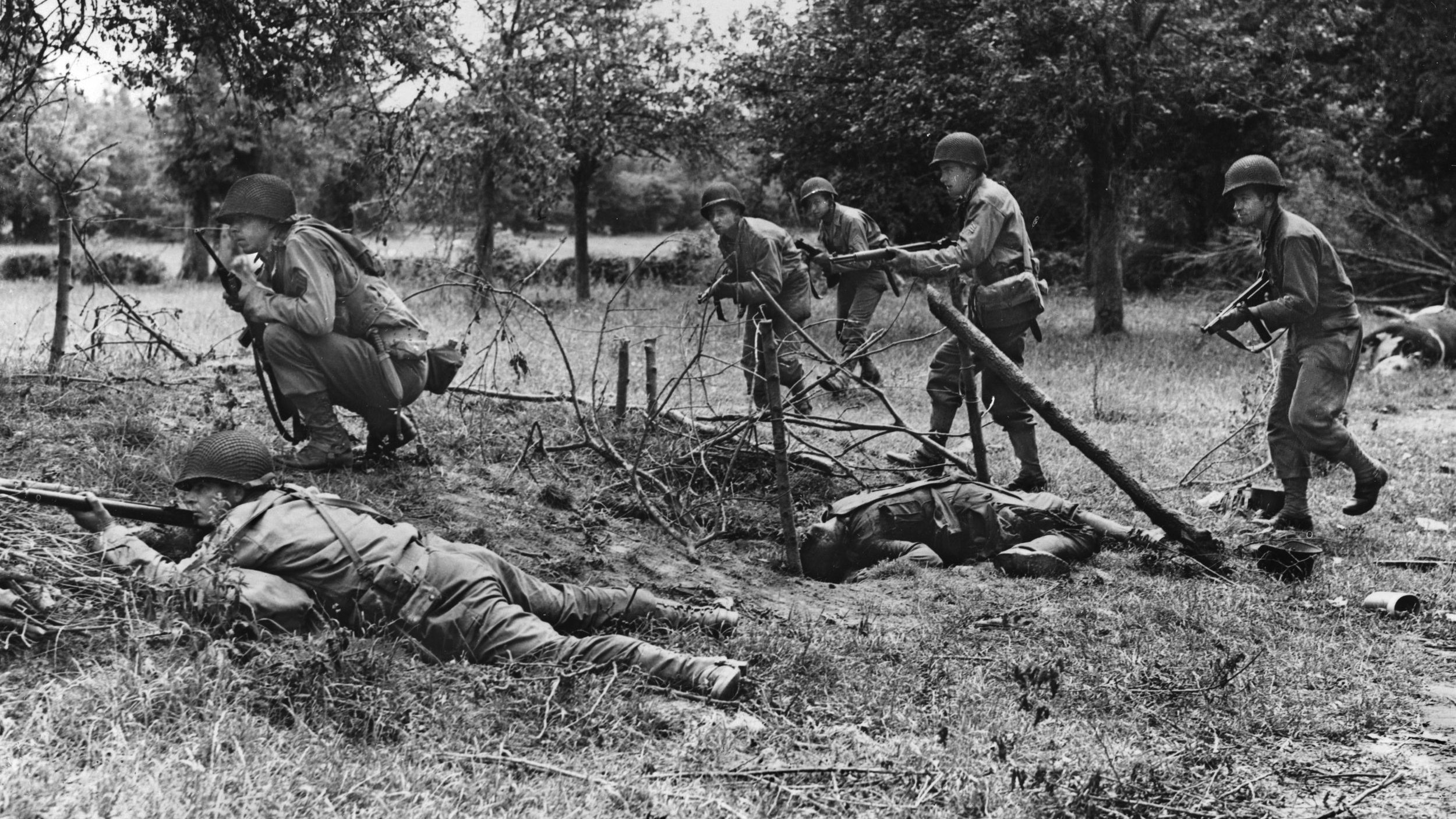
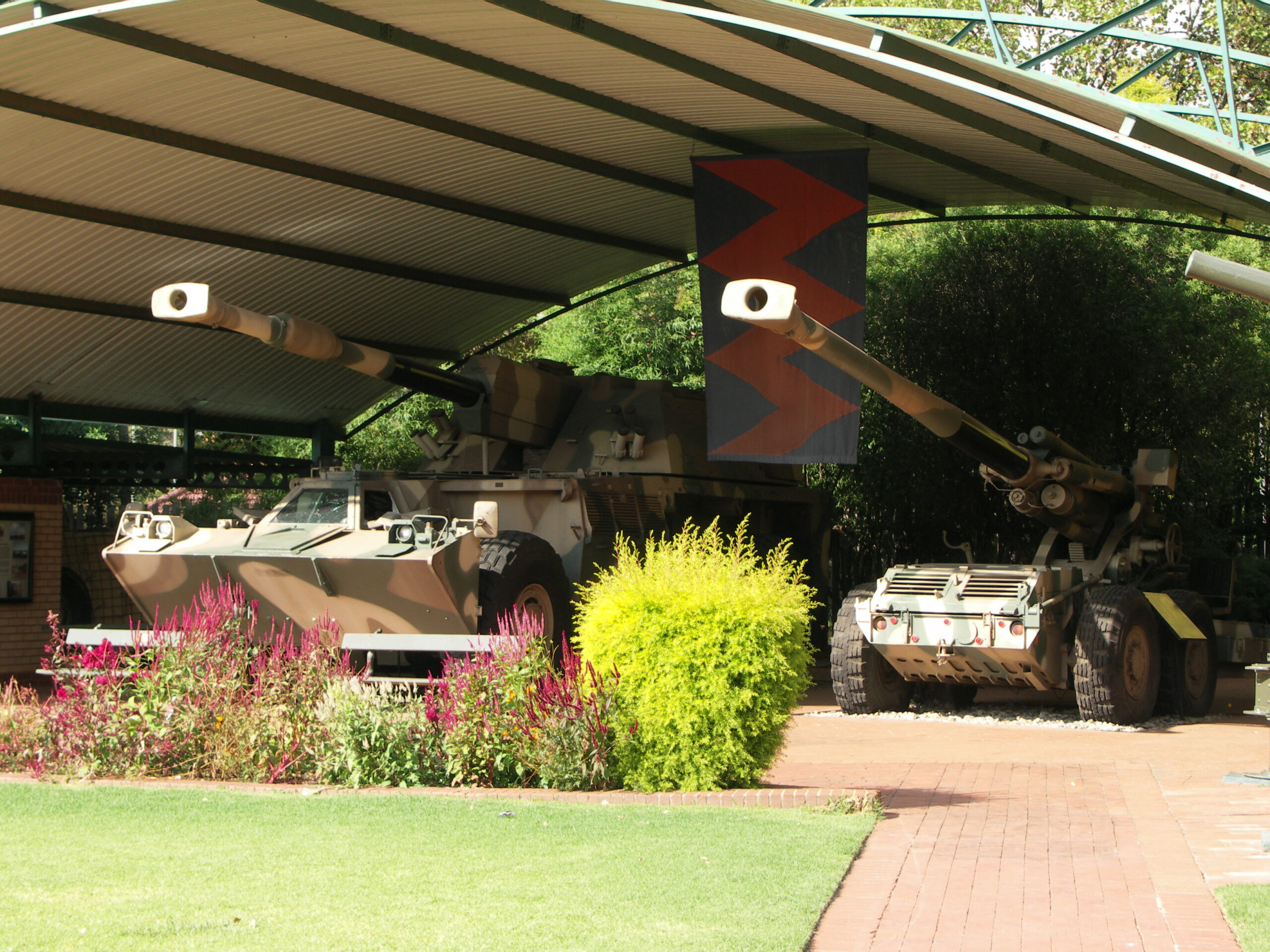

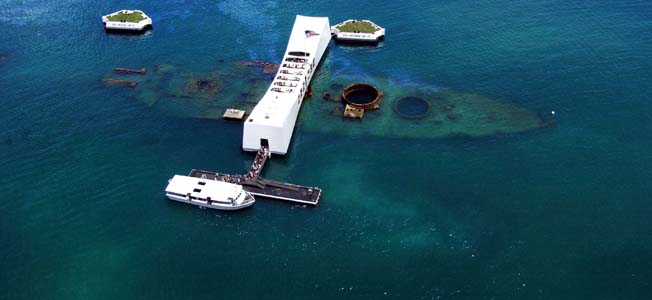
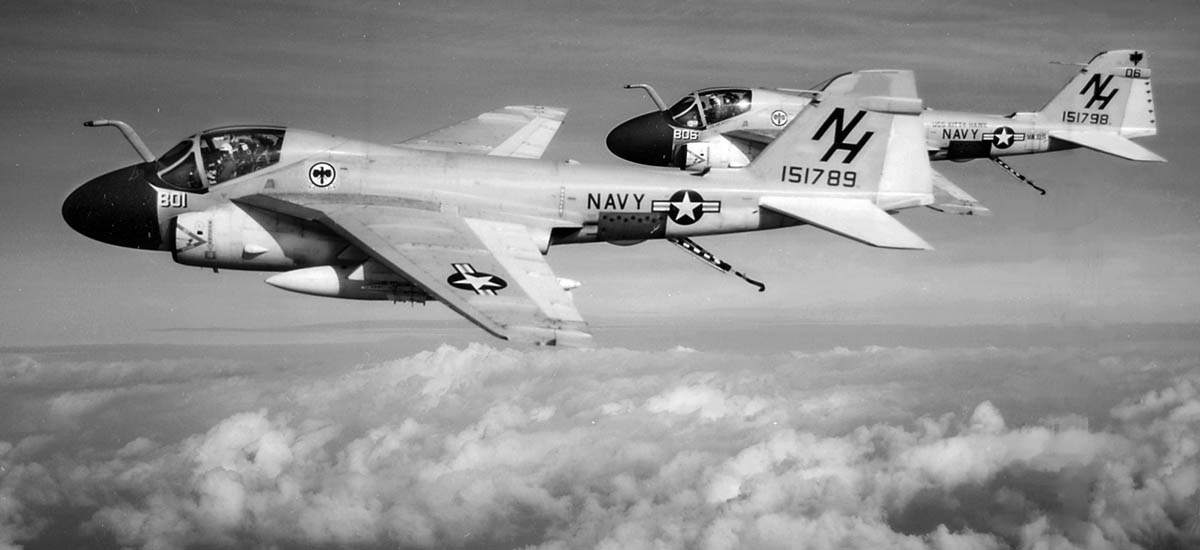

Join The Conversation
Comments
View All Comments